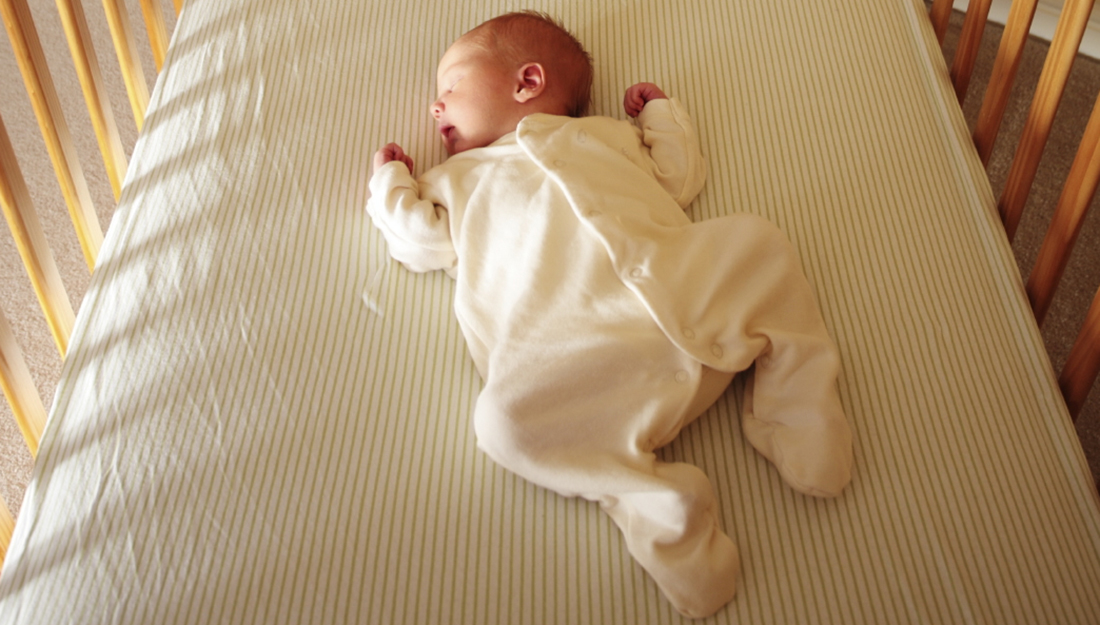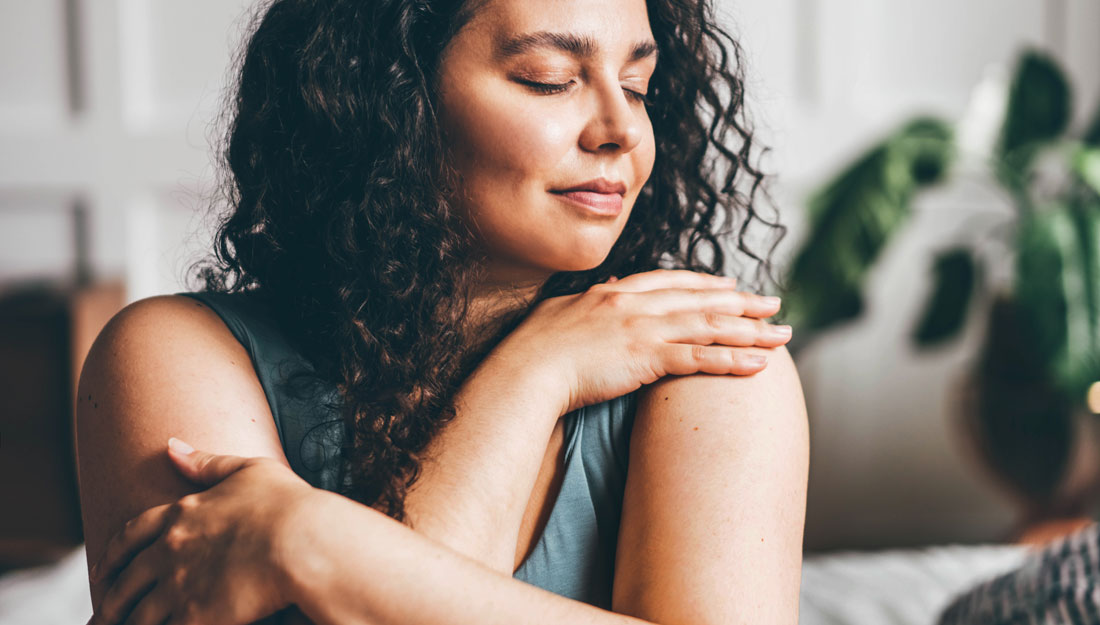- Dominic Hernandez
- Healthy Living, Nursing, Show on VR homepage, Trending
SIDS: What to know to keep your baby safe
It can threaten even the healthiest of babies

Every parent’s worst fear is not being able to keep their child safe, and what makes sudden infant death syndrome (SIDS)—or the unexplained death of an infant under one-year-old—so terrifying is that there may not be any warning signs.
According to the Centers for Disease Control and Prevention (CDC), in 2015, there were about 1,600 deaths due to SIDS, and it is the leading cause of death among infants under 12 months old. SIDS is still a mystery to the medical community, but there are factors that can make a baby more vulnerable.
“There’s a lot we don’t know about SIDS,” said Alison Pittman, MSN, RN, CPN, clinical assistant professor at the Texas A&M College of Nursing. “The only way to study SIDS is by reviewing cases where an infant had SIDS and associating factors that caused it.”
Physical factors that contribute to SIDS vary from child to child, such as respiratory health, brain function and birth weight. These factors are genetic and should be discussed with your primary care provider. However, there are environmental factors that can help keep your baby safe through the night.
A safe sleep environment
“Babies should be placed on their back in their cribs or bassinettes on a firm, flat mattress, with a flat sheet over it and in their pajamas,” Pittman said. There shouldn’t be any other objects, including pillows and stuffed animals, in the crib with them. “These objects can increase the risk of a baby suffocating during the night.”
According to the American Academy of Pediatrics (AAP), it is recommended that infants share their parents’ bedroom for at least a few months.
“For the safety of the child, they should be in your room for at least six months and up to a year,” Pittman said. “We don’t know exactly why the risk for SIDS decreases when the child sleeps in the same room, but we know that parents can tend to their baby’s needs easier and be alert if there is a problem.”
Still, although being in the same room is good, babies shouldn’t sleep in the same bed as their parents, as adult bodies, pillows and blankets can all be potentially harmful. Giving the baby their own sleeping space that is within arm’s length is the safest way to share a bedroom with your baby.
Also, be sure your baby is in a proper sleeping position can help reduce the risk of SIDS. “Babies who sleep on their side or on their stomach are at an increased risk for SIDS,” Pittman said.
Breastfeeding and pacifier use reduce risk
Research has shown that pacifier use during sleep decreases the risk for SIDS. “We still aren’t sure why the pacifier helps decrease SIDS, but it can help keep the baby healthy and self-soothe if they wake up during the night,” Pittman said.
If your baby’s pacifier falls out when they are asleep, don’t pop it back in and disturb their rest, and if your baby isn’t interested in a pacifier, don’t force it. Just try again another day.
A study also showed that breastfeeding reduces the risks of SIDS by about 50 percent, and recommended that babies should be breastfed through six months of age, when possible, to reduce the risk.
Other risk factors
Although SIDS can affect any infant, the Mayo Clinic names several other factors that may increase a baby’s risk:
- Sex: Boys are more likely to die of SIDS.
- Age: Infants are most vulnerable during the second and third months of life.
- Race: For reasons that aren’t well-understood, black, American Indian or Alaska Native infants are more likely to develop SIDS.
- Family history: Babies who have siblings or cousins that have died from SIDS are at higher risk of SIDS.
- Secondhand smoke: Babies who live with smokers have a higher risk of SIDS.
- Being premature: Both being born early and having low birth weight increase your baby’s chances of SIDS.
Also, while proper prenatal care for the mother can help lower the risk of SIDS, her use of drugs, alcohol or cigarettes during pregnancy can increase the risk of SIDS.
Talking to your health care provider
SIDS can be a scary topic, and talking about it with your health care provider can be stressful. However, open communication can keep your child in their best possible health.
“SIDS really is still a mystery, and there’s a lot that we don’t know about it,” Pittman said. “It’s important to talk to your health care provider about your child’s health and how safe the environment at home is for the baby.
Media contact: media@tamu.edu


